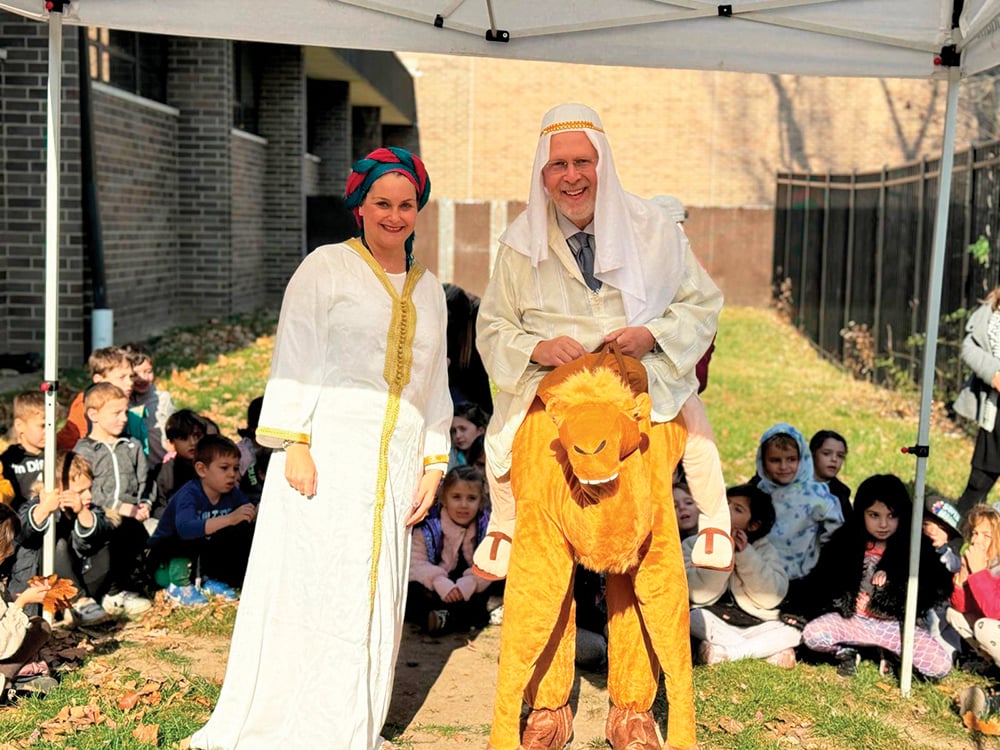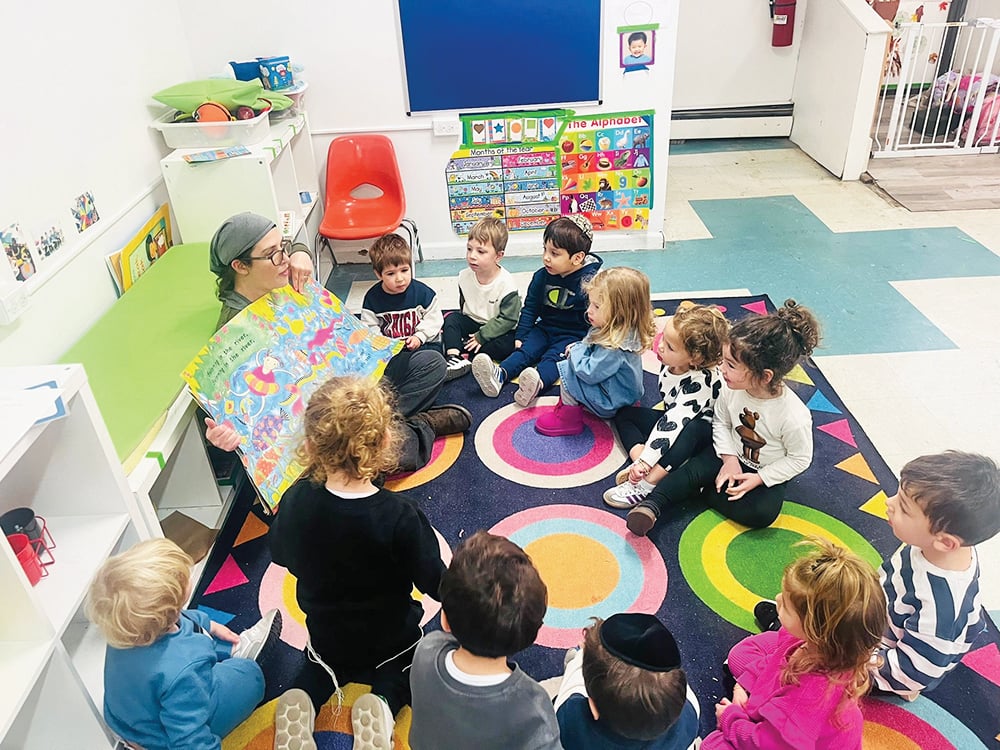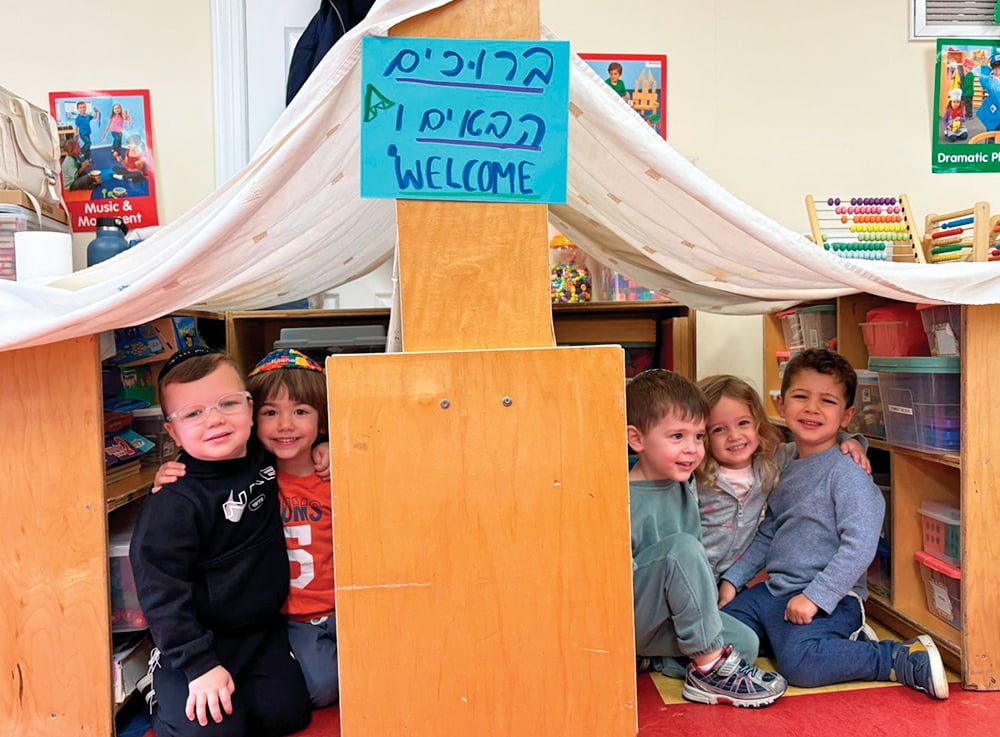Highlighting: “Tikva Fatal-Knaani, Eds. “The Jewish Underground Press in Warsaw, Volume One: May 1940-January 1941” by Joseph Kermish. Jerusalem, Israel: Yad Vashem Publications, 2017. ISBN 978-965-308-567-1.
Before the Nazis invaded Poland on September 1, 1939, the press played a significant role in the political, social, economic, cultural and traditional life of Polish Jews. There were 30 daily newspapers and over 130 periodicals in Yiddish, Polish and Hebrew. Once the Germans occupied Poland, Jews were denied all access to outside sources of information, including foreign and German newspapers and even radios, which were confiscated. By the end of 1939, the only sources of information Jews had available were the occupation press, and sporadically, Polish underground newspapers, which at the beginning did not allot any information about the plight of the Jews. Only the socialist Polish press would, at times, publish reports about German actions against Polish Jews. Jews were thus deprived of information on a regular basis about the economic conditions in Poland and about new decrees that had immediate effect on their daily lives.
The publication of this volume, the editors declared, was primarily to “memorialize the spiritual-emotional world of all sectors of the underground movements and parties [in the Warsaw ghetto] and erect a written monument in honor of their ideological struggles.” When the Germans did everything in their power to annihilate the Jewish people, the young journalists urged their fellow Jews to “maintain their humanity and moral stature,” and instilled in the youth a sense of “national pride and the belief in the eternal existence of their nation.”
One of the most significant accomplishments of the underground press, the editors proclaim, was its success in combating the absence of faith and focusing on the positive objectives and values that one should strive to live by. The dozens of newspapers and pamphlets written in Yiddish, Polish and Hebrew represented the diverse political organizations and youth movements in the ghetto, (including communist, socialist and Zionist, such as the Bund, Hashomer Hatzair, Dror-Hechalutz and Betar) addressed the leading communal and ideological issues affecting their followers. In discussing life in the ghetto, the press described the horrible conditions under which most Jews lived in terrible hunger and deprivation, while a small number of individuals survived in comparative luxury. The Jewish Council (Judenrat) and its institutions, established to execute German policies and preserve order in the ghettos, came under excoriating attack for the manner in which they enlisted people for forced labor and labor camps, their approach to taxation, food rationing and for the behavior of the Jewish police, whom they considered to be cruel, corrupt and German lackeys.
There were substantial differences about the nature of the war, reflecting their various groups’ prewar ideological outlook, and how the war forced them to reevaluate their views. The Land of Israel and the future of the of the Jewish nation were analyzed in the Zionist press centering around justifying Zionism and providing indirect reports about events in Eretz Israel. The editors said this “warmed the Jewish hearts in the ghetto and, to a certain degree, ameliorated their sense of isolation.”
These newspapers, which were distributed clandestinely, exposed the gravity of the anguish the Jews endured, as well as the courageous acts of “heroism and moral strength” that bolstered public morale. The editors lament that the editors and contributors of the underground press never received the full extent of public acknowledgement and appreciation they merited, because the attention was preoccupied on the Warsaw ghetto uprising. The uprising, which began on April 19, 1943, was launched to oppose the Nazis’ final effort to transport the remaining 55,000-60,000 Jews in the ghetto to extermination camps. It is important to remember that, as historian Yisrael Gutman pointed out, the Nazis were viewed as a transitory evil. Until they were defeated, Jews had to “play for time,” in order to maintain their community and prevent minimal harm. The possibility of mass murder had never even entered their minds.
It was these young editors and their assistants who, because of their inestimable commitment, foresight and willingness to undertake perilous tasks, ensured that their publications reached their intended readers and inspired hope in the Jewish youth, this volume maintains. They had to contend with a multitude of technical malfunctions, the constant need to pursue new sources of electricity and paper, and additional locations to publish, all while avoiding relentless German searches and roundups hunting for printing presses, distribution centers and those staffing them. In spite of these many obstacles, they managed, in one month in 1940, to publish 600,000 copies of periodicals and proclamations. Between 1940-1944, they published many bulletins, periodicals, and “one-time anthologies” to keep the Jews informed about the ghetto—and the outside world. The authors of this collection found 250 issues of 52 journals encompassing 2,933 pages.
A Final Note
The editors of this book conclude that the underground press prepared the Jews for the impending deportation (Aktion) that occurred on January 18, 1943, by disseminating credible reports about what had already occurred to Jews throughout occupied Europe and urging them to fight for their lives. This information helped repudiate rumors circulated by the Gestapo to confuse the Jews. There is no question, they assert, the Jewish underground press assumed a substantial role in establishing the foundation for the armed resistance of January 1943 and the uprising of April 19, 1943.
Dr. Alex Grobman is senior resident scholar at the John C. Danforth Society and a member of the Council of Scholars for Peace in the Middle East.













